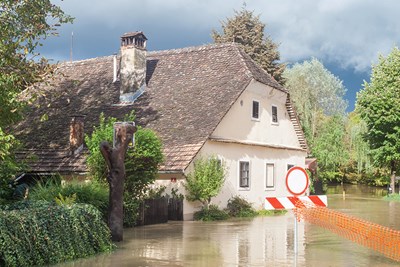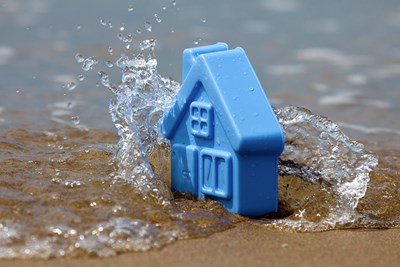Insuring your property against damages from flooding is important. In fact, flood insurance is often required. As a result, the federal government started the National Flood Insurance Program.
The National Flood Insurance Program (NFIP) is a federal initiative meant to help homeowners purchase affordable flood insurance. It was started in 1968 because typical homeowners insurance does not include protections against flood damage. The program sets up prices for flood insurance as well as encourages communities to take part in floodplain management.
Insurance plans under the NFIP will have an average annual payment of around $700, though this depends on your coverage amount. Another factor that determines your insurance amount is the official flood map produced by the NFIP. This map shows areas that are at higher risk of flooding. If you live in a high-risk area, this means you will pay a higher amount for your flood insurance.
As the map is updated with information from floods, the NFIP will provide incentives to communities who are working to make the structures in high-risk areas able to resist floods more effectively. The NFIP uses the joint work of providing insurance to property owners and incentives for strengthening structures as a way of providing entire protection against the dangers of floods.
Have more questions? See more answers from Alot.





